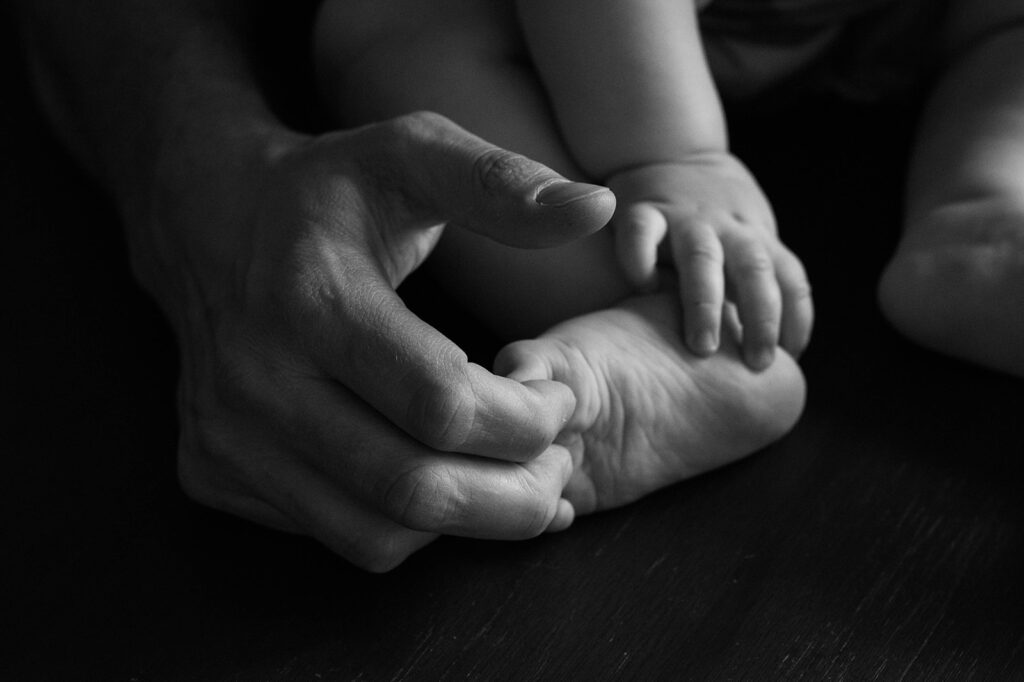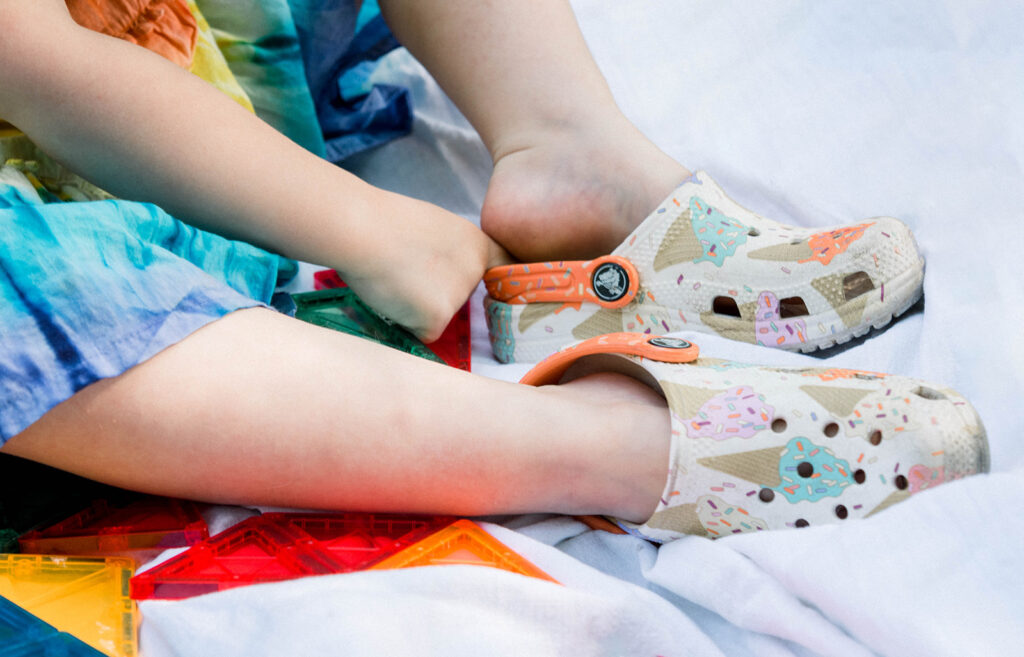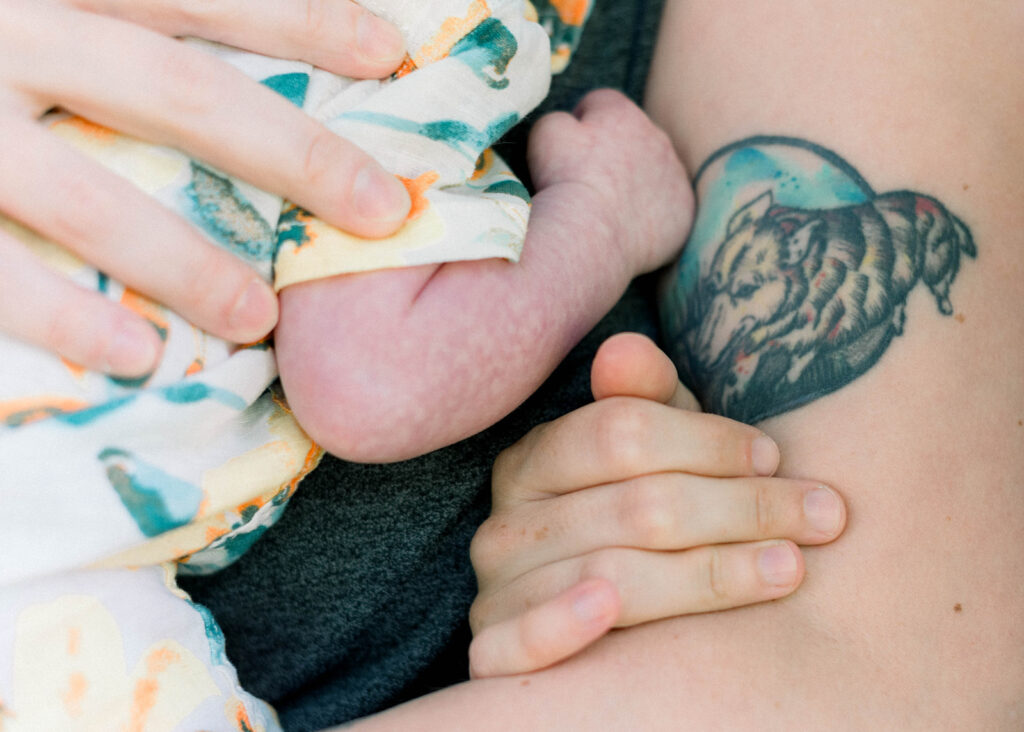Some quick notes: I’ll continue to update this article as my understanding of Disability Justice evolves. This article does not include photos of identifiable clients or necessarily people who identify as disabled, as additional consent is needed to connect an identifiable image to a conversation around disability and I cannot do so while continuously updating this article.

In the world of photography, every picture has a story to tell. But whose stories are told, and who is in control of the narrative of that story? In recent years, there has been a growing movement towards inclusive storytelling, with a special focus on disability inclusion. This shift acknowledges the need for photography to accurately portray the lives and perspectives of people with disabilities. Disability justice (beyond disability inclusion) is central to my photography practice, as a queer and disabled person who is on a mission to improve positive and authentic representations of the LGBTQ and disability communities.
Disability justice refers to a framework to examine disability and ableism in conjunction with other forms of intersection oppression, including racism, imperialism, and homophobia. It goes above and beyond disability rights to center those most marginalized and assert that all bodies are important and valuable, and that all have both strengths and needs. You can read more about disability justice here and can see the 10 Principles of Disability Justice here. Photography can challenge the ableism ingrained in our society, pushing for representation and authentic narratives that center disabled people in our autonomy.
In this article, we will explore the significance of disability justice in photography and how photographers can contribute to this movement. Inclusive and expansive storytelling in photography has the power to transform perceptions, honor diversity, and build a more equitable society. I’ll delve into understanding disability justice, how it applies to my family photography, and some questions to consider as we apply a disability justice framework to photography.

Understanding disability justice in photography
Disability justice is a framework that goes beyond disability rights. It recognizes that disability intersects with other identities and systems of oppression, such as race, gender, religion, nation state, and class. The leaders of the disability justice framework include Sins Invalid and the Disability Justice Collective, and key founders include Patty Berne, Mia Mingus, Stacey Milbern, Leroy F. Moore, Sebastian Margaret, and Eli Clare.
In the context of photography, disability justice means centering the experiences of disabled folks as we craft our approach to photography and ensuring that the storytelling we do with disabled individuals is a co-creation that actively prioritizes how each person wants to be represented and how they want to tell their story. Disability justice in photography goes beyond ensuring that we don’t further harmful stereotypes, infantalize our clients, or disrupt their autonomy; it is about co-creating stories of fullness, interdependence, and complexity. Art has always been a key factor in collective liberation, and photography has an important role to play in contributing to a world in which we are free from oppression.
As a multiply disabled photographer, I know firsthand how important it is that us disabled folks tell our own stories. It is extremely challenging for abled people to understand the experience of disability. I’ve heard peers talk about being infantalized in their photography shoots, stories of times when photographers didn’t bother to create the supports needed for a great (or even respectful) portrait, and times when folks with disabilities were exoticized or made to feel other in their photo sessions. Co-creating our stories within our community can be a beautiful space of transformation, power, and autonomy.

Applying disability justice to family photography
In my family photography practice, it is essential for me to learn about each family’s story before I arrive to the shoot. I ask questions about how each person wants to see themselves represented and what they want to feel when they see themselves. We talk through sensory needs, adaptations and modifications, movement and mobility, and more. Within the session, I center each person’s needs being met over staying on time or getting the photo quickly. We take sensory breaks, we don’t force poses, and we incorporate special interests and sensory & mobility supports.
Applying a disability justice lens, it is essential for me as a person whose disabilities are only “visible” to those looking closely that I center the experiences of those more marginalized than I am. I must take extra care to co-create rather than assert and to not assume that I know what someone needs. Photography has historically been wielded as a means of furthering oppression through pushing marginalizing and damaging narratives, and that can absolutely be true of family photography. How are we carefully editing people with darker skin tones than we might have? How are we avoiding re-creating harmful gendered stereotypes? What are we doing to expand family narratives beyond white, straight, abled families? Are we practicing cultural sensitivity and trauma-informed communication? All of these questions intersect with disability, and we minimize each person when we act with care towards only for one of their identities. White photographers – we cannot practice disability justice without constantly considering how white supremacy ideology infects our work and the experiences our clients have with us.
I used to be a special educator for 3-6 year olds, and spent many years as a recreation instructor for disabled folks of all ages. There is so often an approach that centers diagnosis rather than people – that looks at how people “don’t” communicate rather than creating genuine connection. All bodies have unique needs and unique strengths. All of us are essential, powerful, and complex.
To close, as we think about the power photography has to contribute to disability justice, I’d like us to reflect on Patty Berne’s words: “There has always been resistance to all forms of oppression, as we know in our bones that there have also always been disabled people visioning a world where we flourish, a world that values and celebrates us in all our beauty.” Let’s document people and memories in a way that values and celebrates each of us.